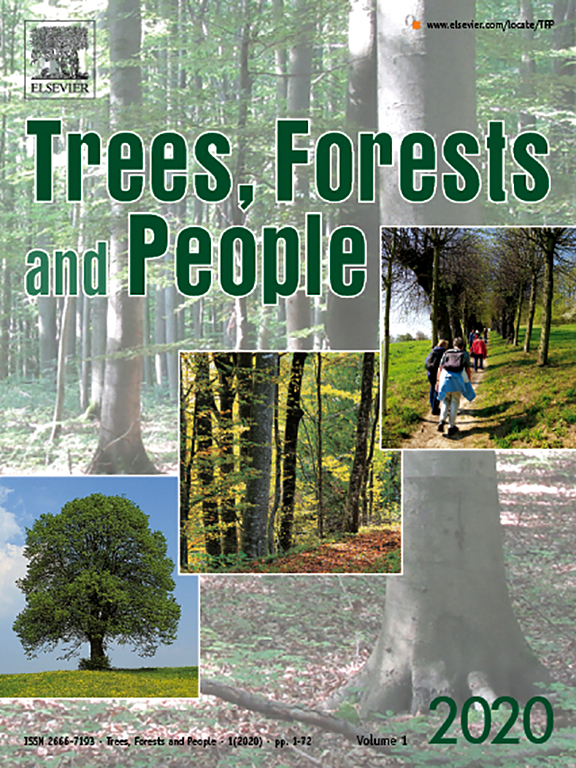Since the early 2010s, small drones have become key tools for environmental research around the globe. While critical voices have highlighted the threat of ‘green securitisation’ and surveillance in contexts where drones are deployed for nature conservation, Indigenous peoples and local communities (IPLCs) worldwide have also begun using drones – most often in alliance with non-governmental organisations or researchers – exploring this technology’s potential to advance their own territorial, political and socio-ecological goals. Against this backdrop, this paper examines six different experiences in five countries where communities are using small drones in areas of high ecological and cultural diversity with international significance for nature conservation. We highlight the ways that communities deploy drones – both in terms of their motivations and actual use strategies. We also reflect upon the opportunities and barriers that IPLCs and their collaborators encounter in designing and implementing meaningful drone strategies, explicitly considering social, economic and political challenges. Finally, we consider the socio-ecological outcomes that community drone use enables across these sites along with the ways that drones engender more biocultural and territorial approaches to conservation through IPLC-led monitoring and mapping efforts. In conclusion, we suggest that effective, meaningful and appropriate deployment of drones, especially with IPLCs as protagonists in their use, can support nature conservation together with the recognition and protection of biocultural and territorial rights. Given the mounting demands for conservation to counter intertwined global socio-environmental crises, community drones may play a role in amplifying the voices and territorial visions of IPLCs.
Download:
DOI:
https://doi.org/10.1332/AJHA9183
Dimensions Nombre de citations:




















